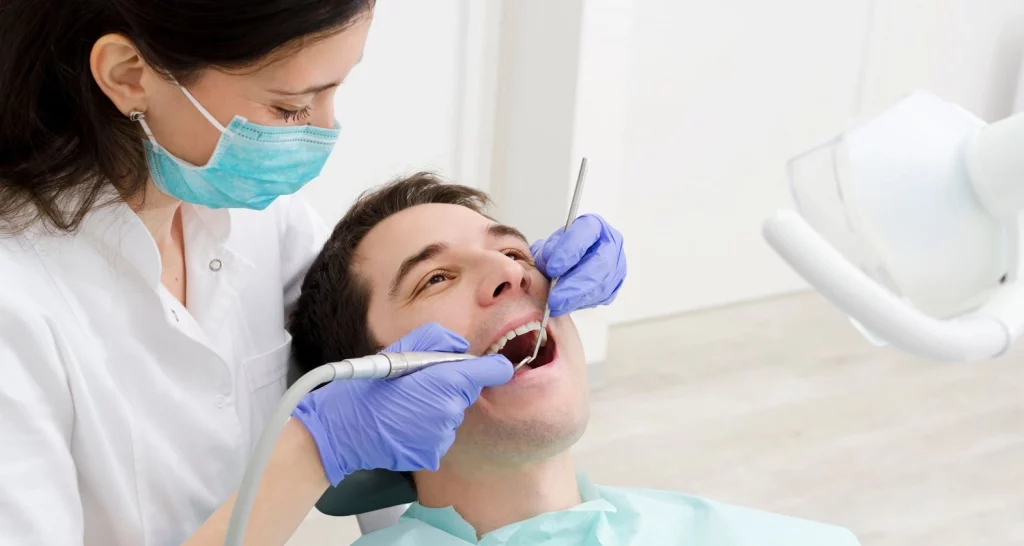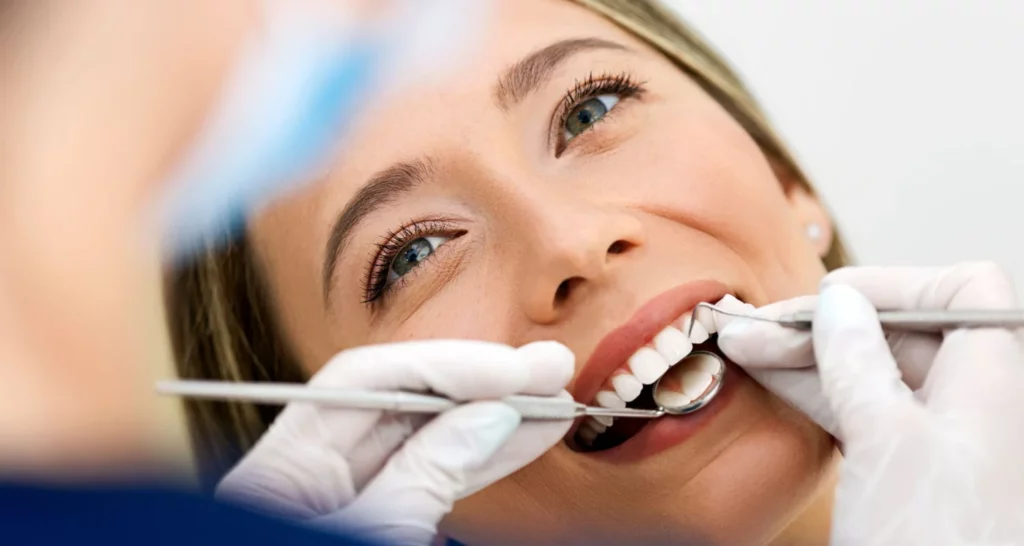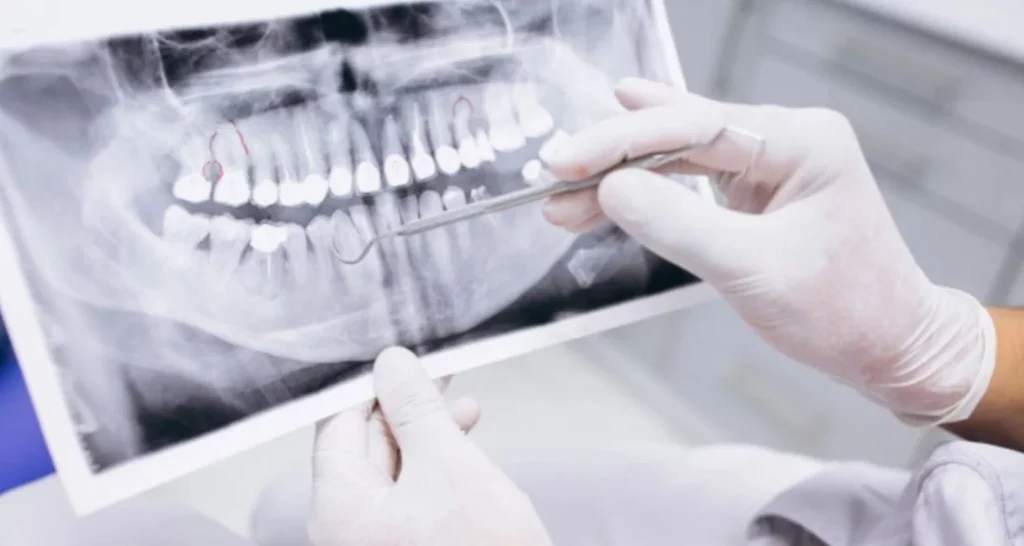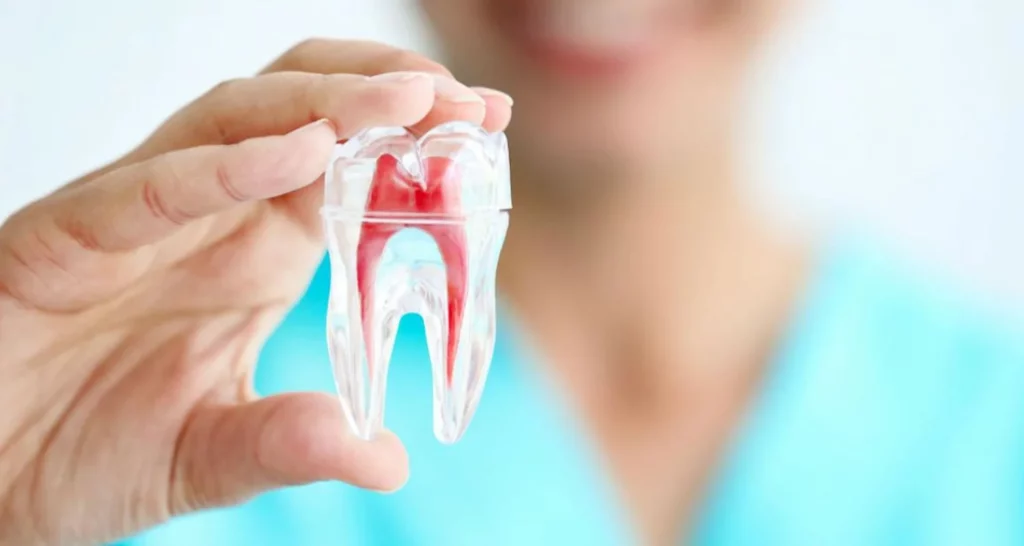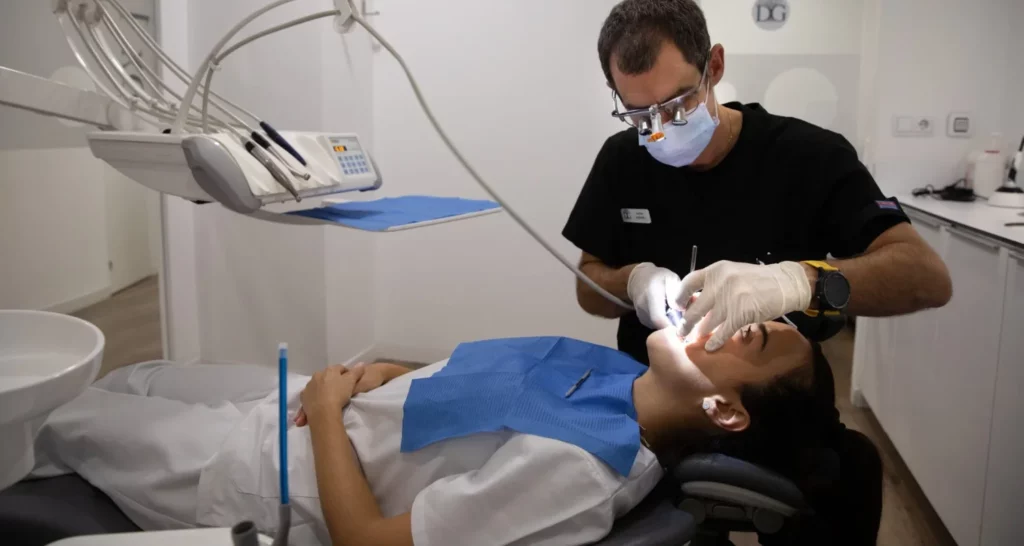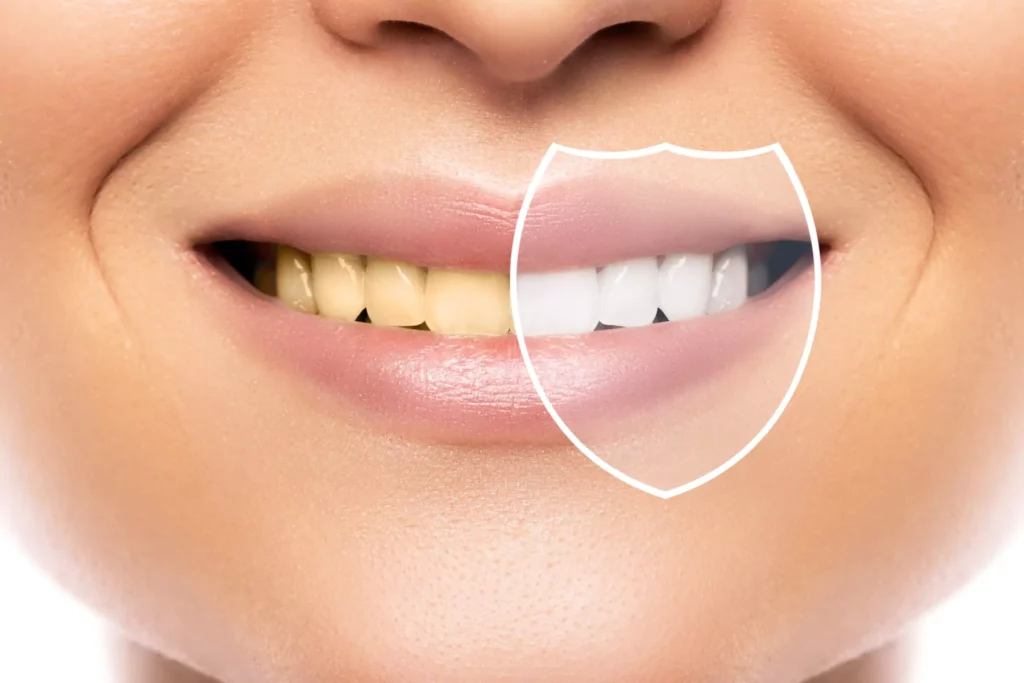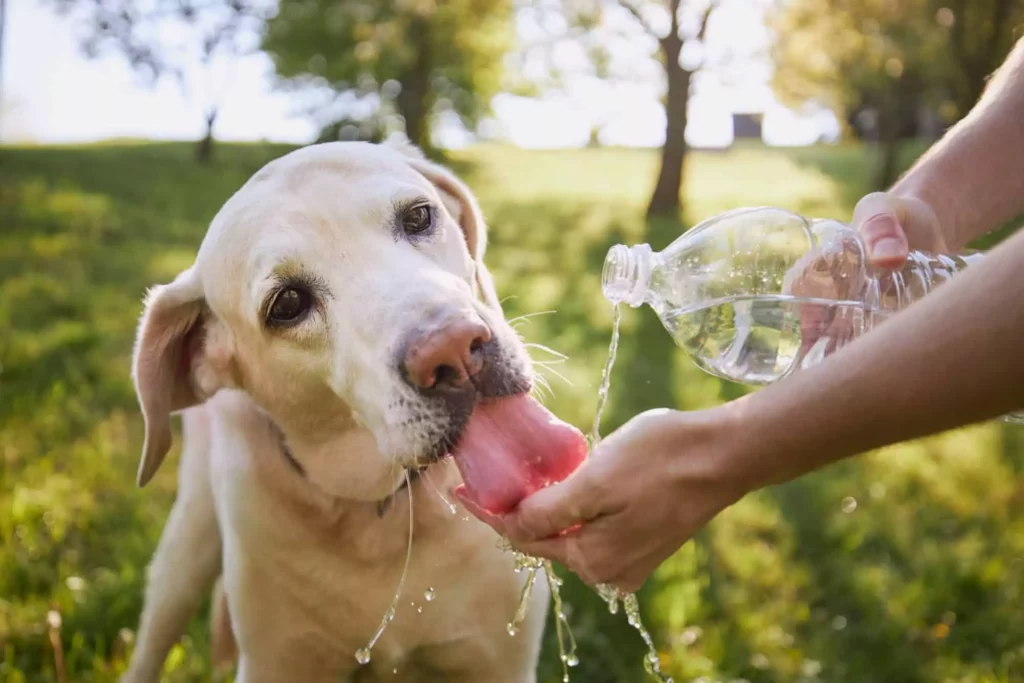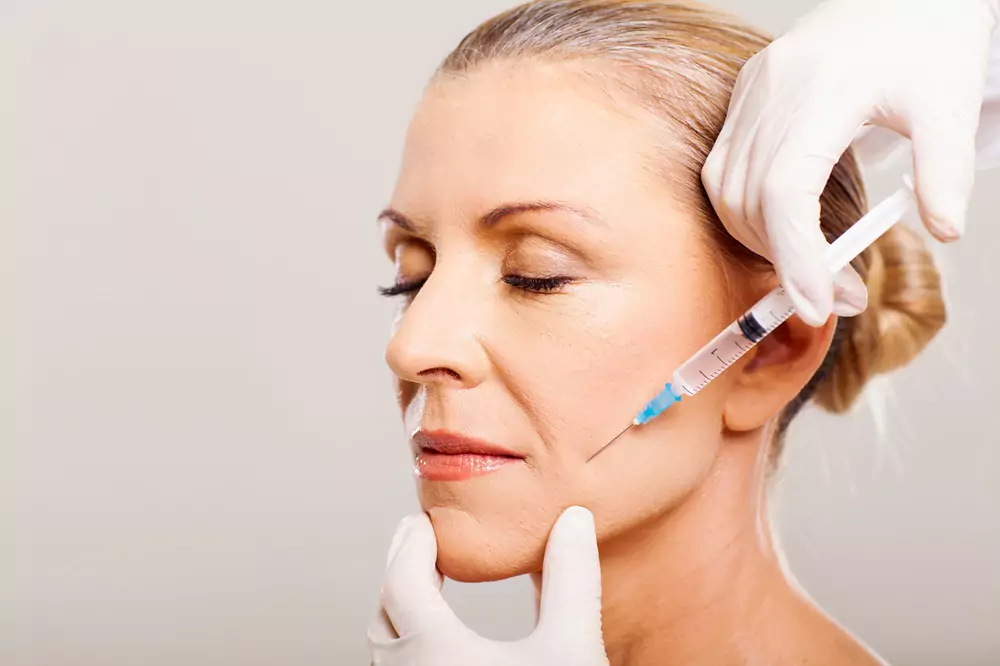Have you ever heard of, what is dental prophylaxis? Hippocrates said that “The best medicine of all is to teach people how not to need it.” This wise phrase summarizes the importance of all strategies to prevent diseases, including dental prophylaxis.
What is dental prophylaxis?
According to the WHO, approximately half of the world’s population is affected by oral diseases. Contrary to what most people think, dental prophylaxis is much more than cleaning; it includes the most important and effective set of procedures to maintain oral health.
What are the benefits of dental prophylaxis?
Visiting the dentist to perform dental prophylaxis on a regular basis is the best way to detect oral diseases in time. The early detection of oral pathologies means that the required treatments are:
● Simpler.
● More economical.
● Shorter.
● More effective.
● Less invasive and painful.
Other benefits:
● Reduce the risk of developing cavities and gum disease.
● Reduces the risk of cardiovascular diseases and diabetes, among others.
● Improves dental aesthetics.
● Prevents tooth loss.
What to expect at a dental prophylaxis appointment?
Preventive dental care involves various actions and procedures that the patient can access during regular dental checkups:
1. Complete dental check-up:
During a thorough dental examination, it is possible to identify early signs of oral disease. Cavities, periodontal disease, and even oral cancer often show early signs, which can be detected with a thorough dental checkup.
2. Taking X-rays:
Although X-rays are not always taken during dental check-ups, these are usually requested by the dentist to complement the dental examination on suspicion of:
● Very deep cavities or cavities found between teeth.
● Defective restorations.
● Infections of dental origin.
● Impacted teeth (that have not erupted).
● Problems of dental and jaw development.
3. Dental cleaning:
The accumulation of bacterial plaque is responsible for the most common oral diseases: tooth decay and gum disease or periodontitis. Therefore, performing dental cleanings to remove plaque bacteria has proven to be very effective in preventing these diseases.
Plaque is a thick layer of bacteria and food debris that adheres to the teeth. At first, this is a soft film, which, if not efficiently removed by brushing and flossing, hardens and becomes calcified.
Typically, a dental cleaning procedure may include:
● Descaling: the removal of tartar or calcified plaque, through the use of specialized instruments, either manual or ultrasonic.
● tooth polishing: the removal of soft plaque, using a rotating brush with a paste that polishes the surface of the teeth. With this procedure, you can also remove stains caused by dark food or cigarettes.
4. Oral Hygiene Education:
During the dental consultation, the dentist will seek to identify conditions that facilitate the development of oral diseases, such as those that make hygiene difficult or cause tissue damage. The dentist might give some suggestions to help prevent oral disease, such as:
● Tips related to healthy eating for teeth.
● Tips to improve tooth brushing.
● Ideas to motivate children to perform good oral hygiene.
● Recommendations for hygiene of dentures and orthodontic appliances.
● Training on the use of special hygiene devices.
● Recommendations for mouthwashes and toothpastes for specific cases.
● Suggestions to correct harmful habits for the development of the proper bite in children.
5. Fluoride Application:
Fluorides are substances applied in the form of varnish or gel during dental prophylaxis consultations to strengthen the teeth and thus prevent tooth decay. When cavities are starting and detected early, fluorides can also help repair these lesions, avoiding the need for additional treatment. The application of fluorides is especially recommended for children, pregnant women, patients with a history of cavities, and people who do not have easy access to dental services.
6. Sealant placement:
The molars or posterior teeth on their chewing surface have an irregular surface, with cracks and grooves where bacteria and food debris can accumulate more easily, increasing the risk of cavities occurring there.
Sealants are thin plastic layers applied before cavities appear to “even” the irregular surfaces and avoid the accumulation of bacteria in cracks and grooves. The application of sealants is recommended in children, especially when the permanent molars have just erupted.
How often should I attend a dental prophylaxis appointment?
Normally, it is recommended that adults visit the dentist every year for a complete checkup. However, frequency depends upon the oral health status of each patient:
● Prophylaxis appointments in children are recommended every 6 months, with the first one at 12 months of age.
● Patients with a history of caries, tooth loss or periodontal disease may require dental prophylaxis appointments every 3 – 6 months.
Regular attendance at dental prophylaxis appointments has been shown to reduce the need for invasive dental treatments.
Can dental prophylaxis be done at home?
Of course. Performing dental prophylaxis at home is as simple as following the dentist’s advice.
● Reduce the consumption of sugary foods.
● Brush your teeth 3 times a day with fluoride toothpaste.
● Floss at least once a day.
● Adopt the care advice provided by your dental provider.
● If you have pain, bleeding, or oral lesions that don’t heal after a couple of weeks, see your dentist.
Conclusion
Most of the oral diseases that affect the world population are totally preventable. Therefore, dental prophylaxis is essential to maintain a healthy smile and to avoid other general diseases that can develop as a result of poor oral health.
Frequently Asked Questions
What is the difference between prophylaxis, dental scaling and dental cleaning?
Dental prophylaxis and scaling are procedures performed by the dentist in the office, while dental cleaning is part of the oral hygiene that the patient must carry out daily.
Consists of completely eliminating bacterial plaque and calculus (tartar) found on the dental surface. It is a procedure performed by the dentist to ensure deep and thorough cleaning of the teeth.
On the other hand, dental scaling is a specific process within dental prophylaxis. It consists of removing calculus or tartar accumulated on the teeth and under the gums. This procedure is performed using specialized instruments, either manual or ultrasonic, to effectively scrape off and remove tartar.
Dental cleaning is a fundamental part of the daily oral hygiene the patient performs at home. It involves the removal of dental plaque from the teeth by brushing and flossing. Regular dental cleaning helps prevent the accumulation of bacterial plaque, thus avoiding the formation of tartar and reducing the risk of oral diseases.
What are the types of prophylaxis?
There are several types of prophylaxis. Ongoing prophylaxis is divided into three categories: primary, secondary, and tertiary. These are administered periodically for several months and even years, with the aim of maintaining long-term oral health.
On the other hand, we find intermittent or periodic prophylaxis, which is administered for shorter periods, generally for a few weeks or months. This type of prophylaxis is used to address specific situations or to supplement ongoing prophylaxis.
What are the consequences of not performing dental prophylaxis?
When we go a long time without having our teeth cleaned, tartar and plaque build up on our teeth. This results in the appearance of spots that form when consuming certain dark foods, such as coffee .
How long does a dental prophylaxis last?
The average duration of a dental cleaning is between 30 minutes and an hour; so it is definitely worth the effort. On some occasions, a gritty toothpaste can be used along with an electric toothbrush to gently scrub the teeth.
Share:
References
1. Barrell, A. (Dec 8, 2022). Dental prophylaxis: Procedure and benefits. Medicalnewstoday.com. Available from: https://www.medicalnewstoday.com/articles/what-is-dental-prophylaxis
2. Brazier, Y. (Feb 21, 2018). Fluoride: Risks, uses, and side effects. Available from: Medicalnewstoday.com. https://www.medicalnewstoday.com/articles/154164
3. Christiansen, S. (Feb 12, 2019). The pros and cons of dental prophylaxis. Verywell Health. Available from: https://www.verywellhealth.com/dental-prophylaxis-4582989
4. Dental sealants. (2023). Nih.gov. Available from: https://www.nidcr.nih.gov/health-info/dental-sealants
5. McCloskey, R. J. (1989). Diet and dental health. The Iowa Dental Journal, 75(1), 43–44. https://www.nidcr.nih.gov/health-info/dental-sealants Available from: http://mouthhealthy.org/en/az-topics/d/diet-and-dental-health
6. Oral health: A window to your overall health. (Oct 28, 2021). Mayo Clinic. Available from: http://mayoclinic.org/healthy-lifestyle/adult-health/in-depth/dental/art-20047475?pg=2
7. Stubblefield, H. (Jan 21, 2014). Preventive dentistry. Healthline. Available from: https://www.healthline.com/health/preventative-dentistry
8. WHO highlights oral health neglect affecting nearly half of the world’s population. (Nov 18, 2022). Who. int. Available from: https://www.who.int/news/item/18-11-2022-who-highlights-oral-health-neglect-affecting-nearly-half-of-the-world-s-population
-
Nayibe Cubillos M. [Author]
Pharmaceutical Chemestry |Pharmaceutical Process Management | Pharmaceutical Care | Pharmaceutical Services Audit | Pharmaceutical Services Process Consulting | Content Project Manager | SEO Knowledge | Content Writer | Leadership | Scrum Master
View all posts
A healthcare writer with a solid background in pharmaceutical chemistry and a thorough understanding of Colombian regulatory processes and comprehensive sector management, she has significant experience coordinating and leading multidisciplina...



